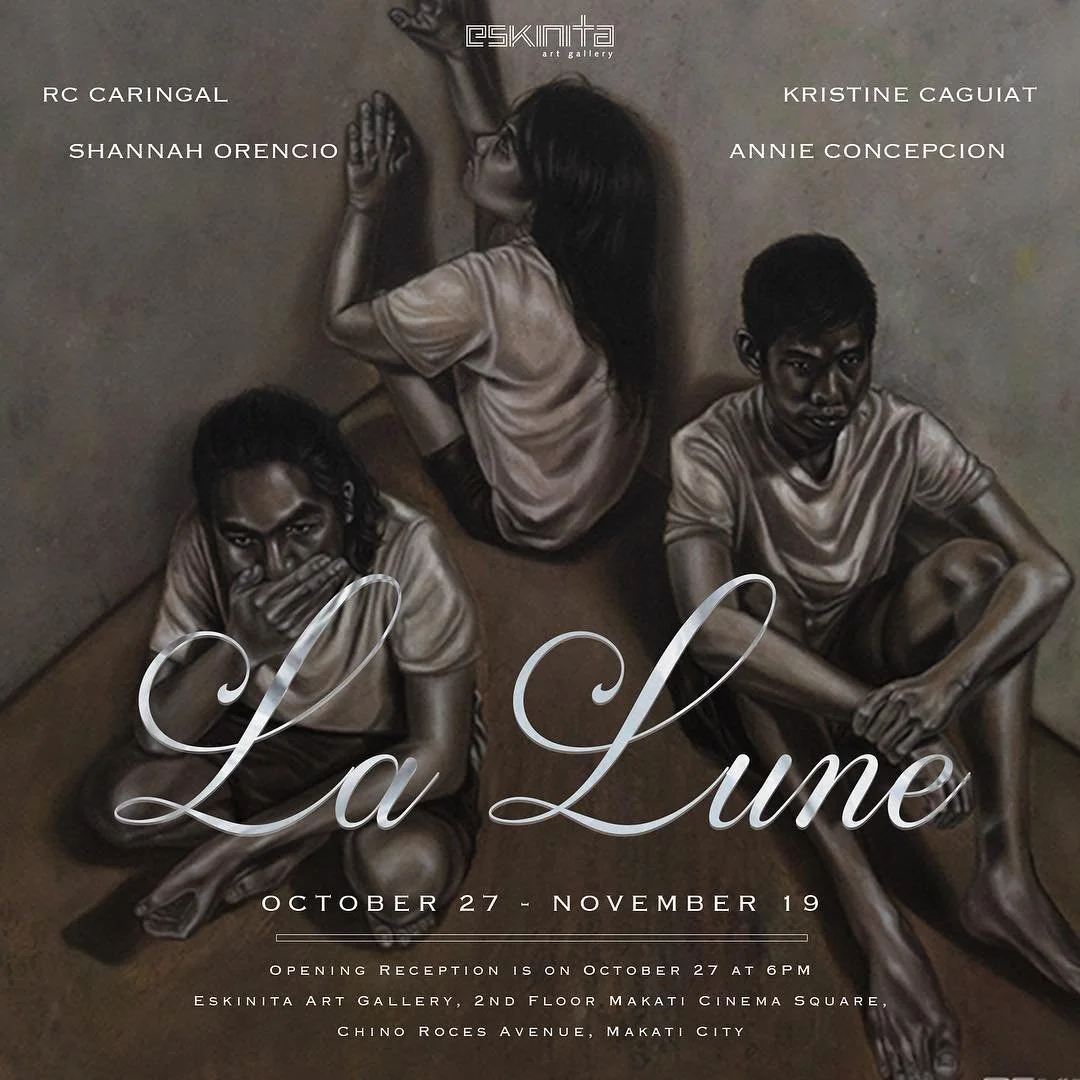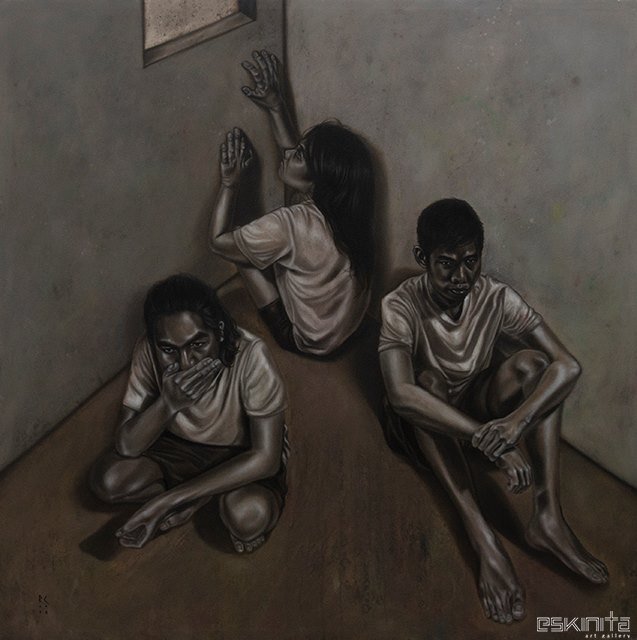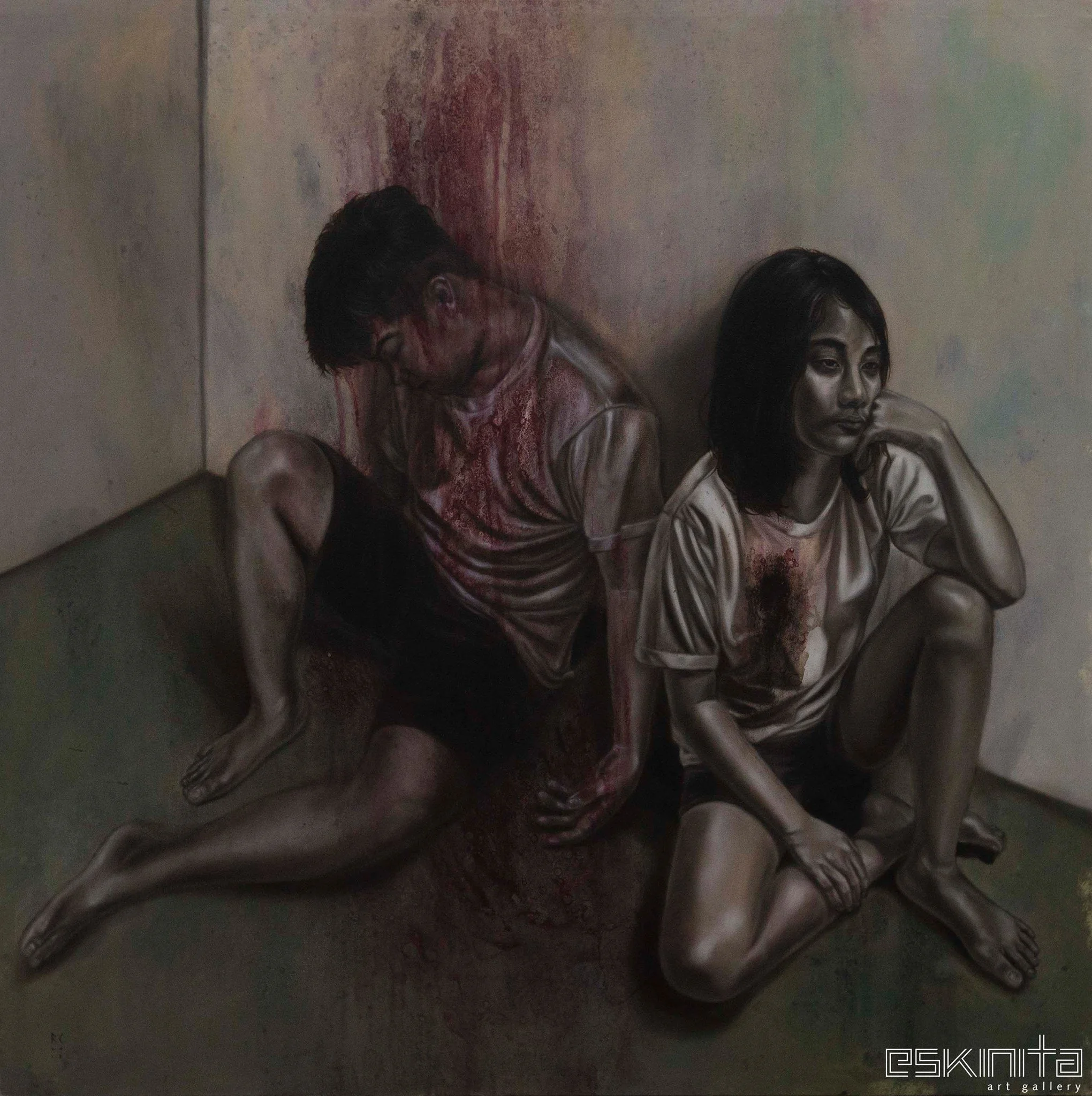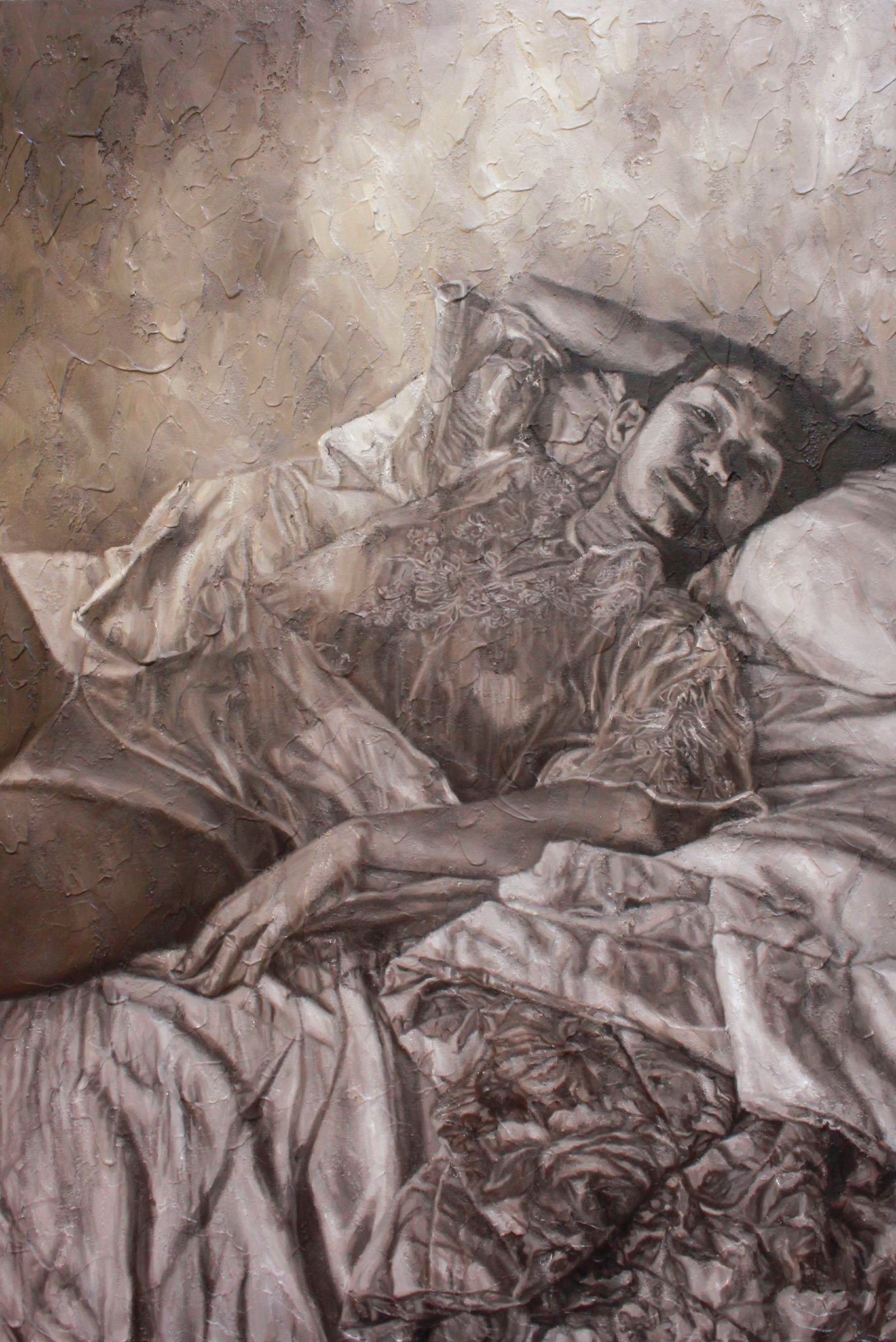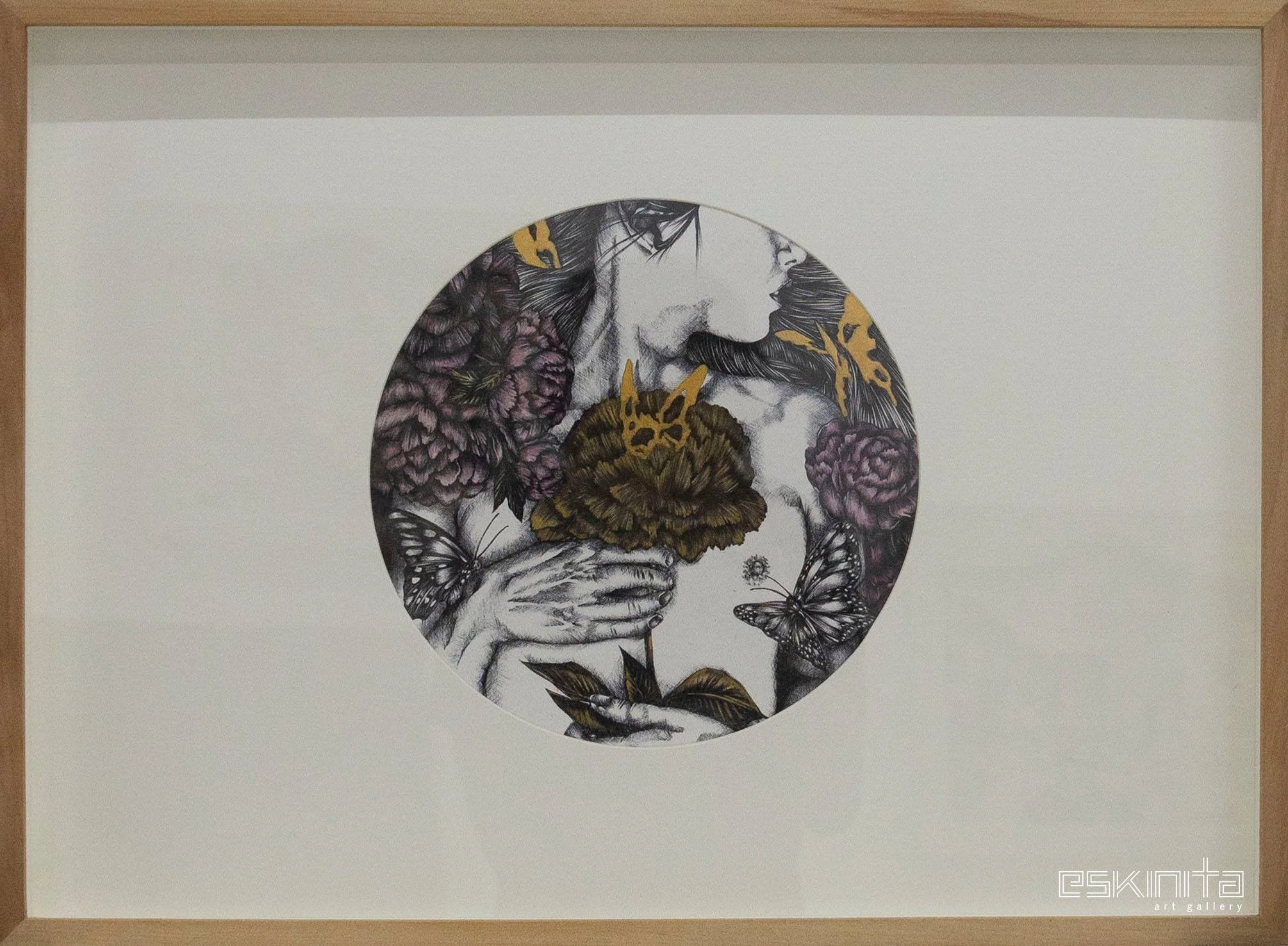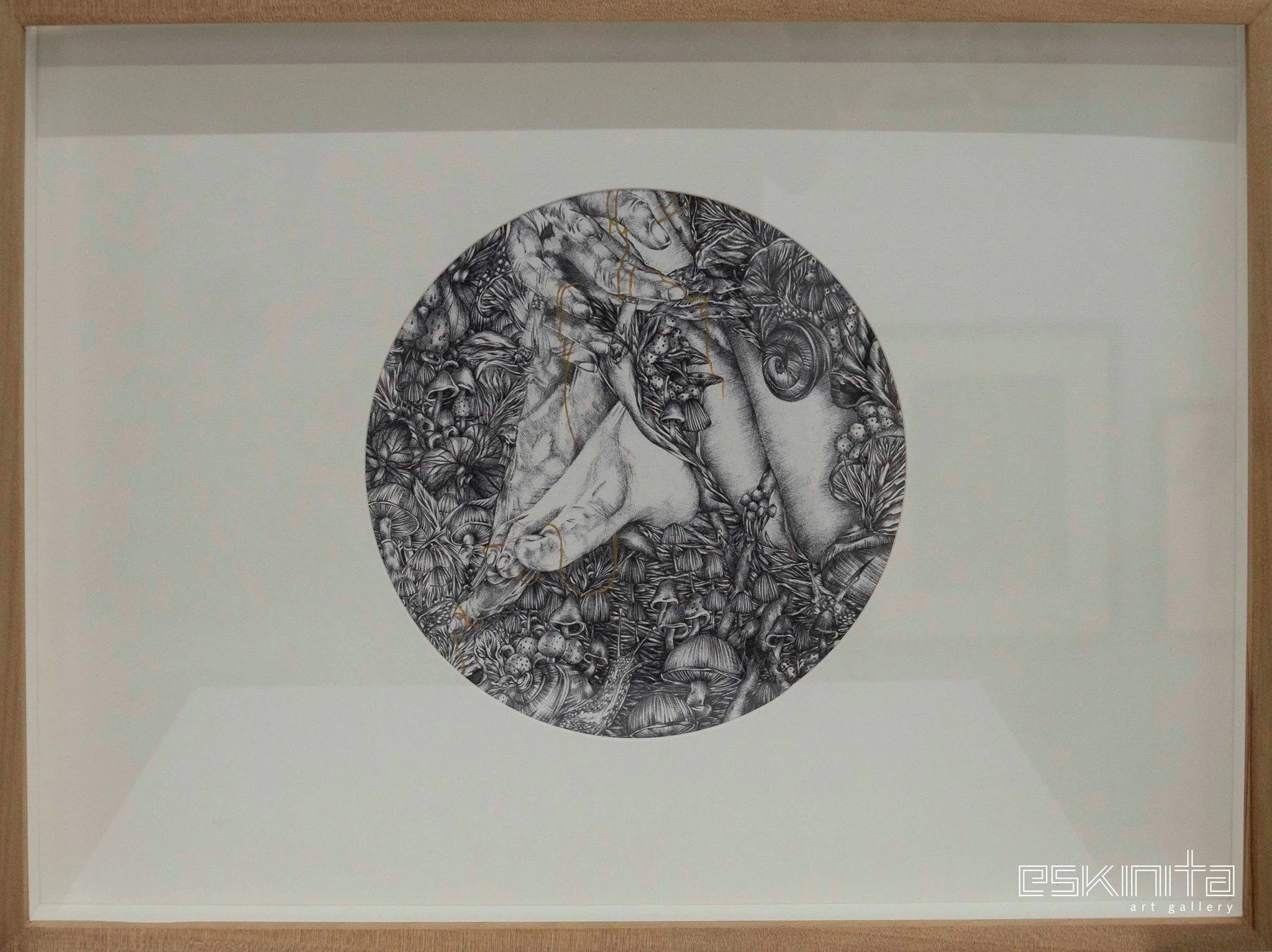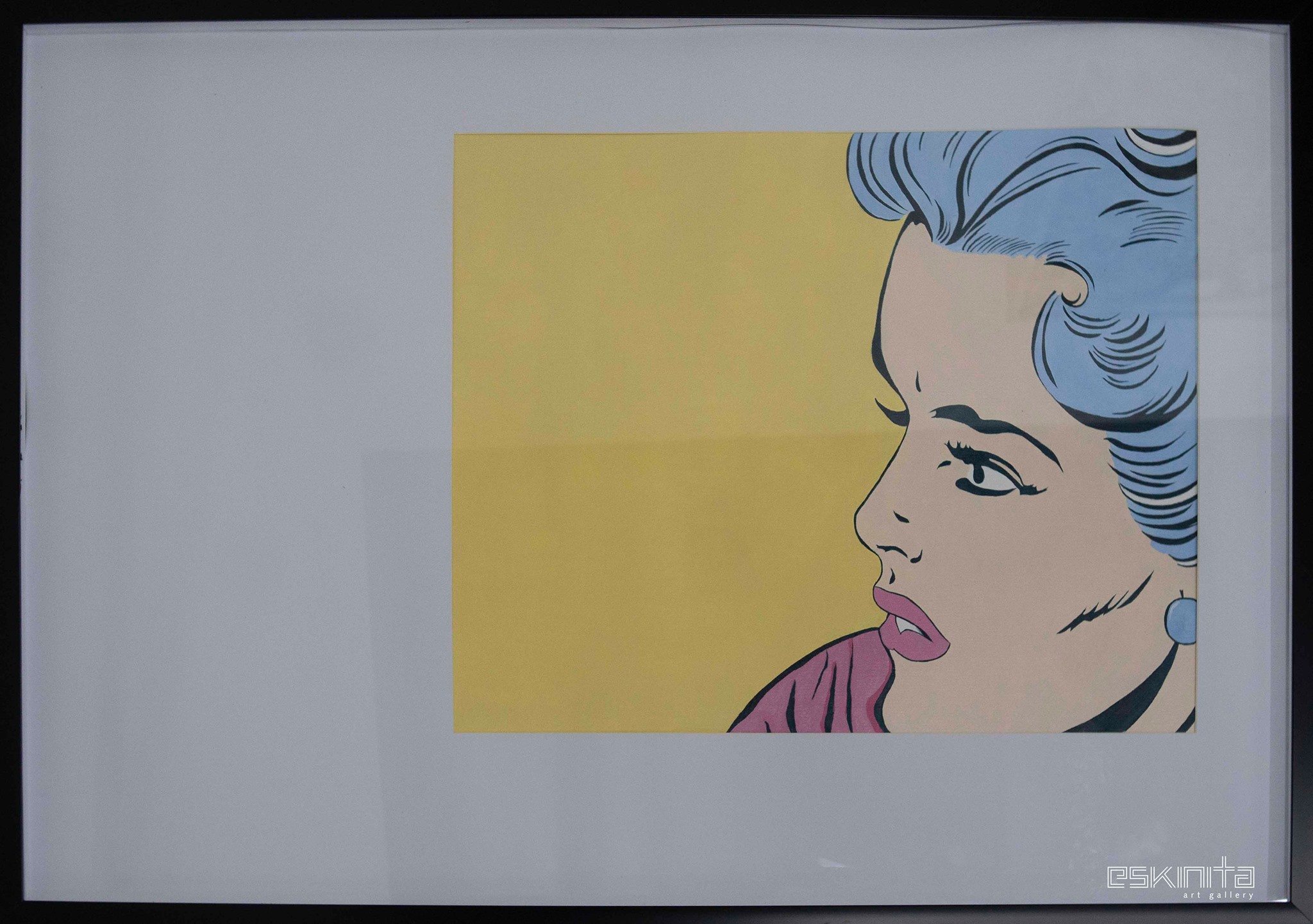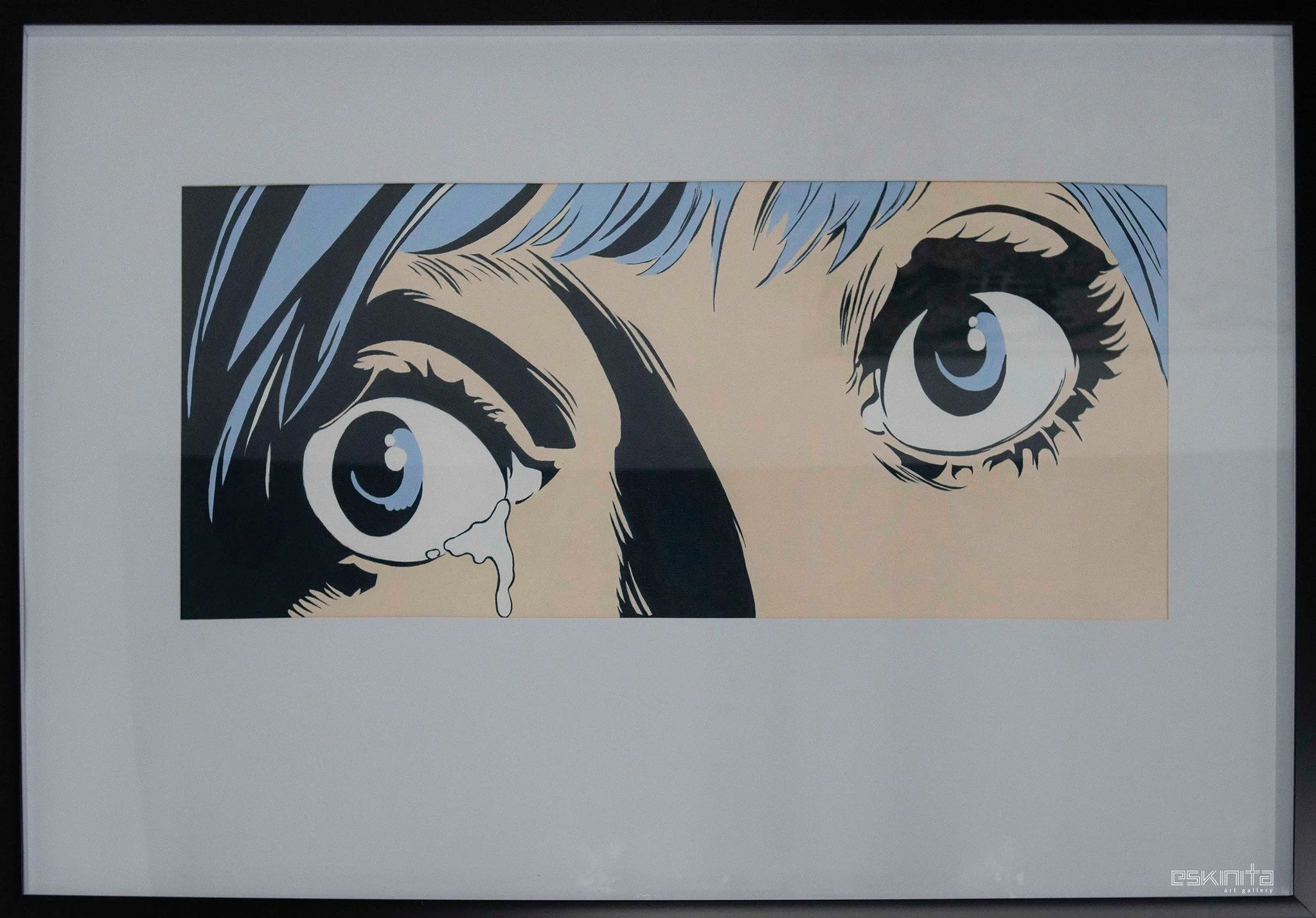
La Lune
RC Caringal/ Kristine Caguiat/ Shannah Orencio/ Annie Concepcion
October 27 to November 19, 2018
How do you look at an art exhibition? Having a definitive reading of the overarching message of any art exhibition is a tricky proposition when one is left to one’s own devices. One must be especially careful if certain configurations of an exhibition easily fall into default assumptions about the supposed message or ideological predisposition of that exhibition, whether such assumptions are on point or not. Take an all-female exhibition for example. Whenever an exhibition is comprised entirely of female artists, it being exclusively participated by women is often at the foreground of any discussion about the exhibition, and one can easily fall into the assumption that the exhibition is about a discourse on Feminism. Regardless of whether the assumption is valid or not, the important thing to remember is not to readily fall into assumptions out of convenience.
Case in point, in Eskinita Gallery’s current exhibition titled La Lune, the works of participating artists Krisitine Caguiat, RC Caringal, Annie Concepcion and Shannah Orencio have shared elements that can be read as pointing to a feminist discussion: all of the artists are women and the female form features prominently in all of the works.Is it really the case? At this point it might be helpful to look at each work more closely.
RC Caringal translates her personal struggles and issues into paintings populated by individuals that appear to be battling with an internal strife while contemplating on their current predicament. Her autobiographical works speak not only of suffering and pain but also of endurance and survival.
Shannah Orencio’s works, on the other hand, attempts to update the concept of a “Dalagang Filipina”, doing away with the traditional depiction of hiding the female body in layers of clothing with a stoic, timid, non-smiling face. The artist instead prefers to present the Filipina as confident and secure of her own body image, clad only with a see-through barong.
For her part, Annie Concepcion shares her experiences and heartaches of being a single mom through her very detailed drawings. She relays to her audience her feelings of wanting and waiting; transmuting her efforts at self-preservation and personal sacrifice into imagery formed by monochromatic lines onto a white sheet of paper.
Lastly, Kristine Caguiat’s ambiguous graphic work depicts a woman that appears to be disturbed by something she is gazing at that is outside the boundaries of the work’s pictorial space. With the size of the image leaving a large portion of the picture plane untouched, the viewer is left to wonder what the cause of her distress could be.
With the elaboration of each of the artists’ concepts, can we have a definitive answer to the question of whether the exhibition is about? Does it pertain to particular Feminist ideology or the respective artist’s ideas and experiences as individuals who happen to be females? It seems that unless the artists themselves gives an explicit declaration it might be hard to call it. One can argue that these two are intertwined and any discussion about the female experience inevitably leads to a discussion about Feminism. But then again, it need not be necessarily the case all the time. Whatever the case maybe an educated guess is always better than a hollow speculation.
-Ioannis Sicuya

